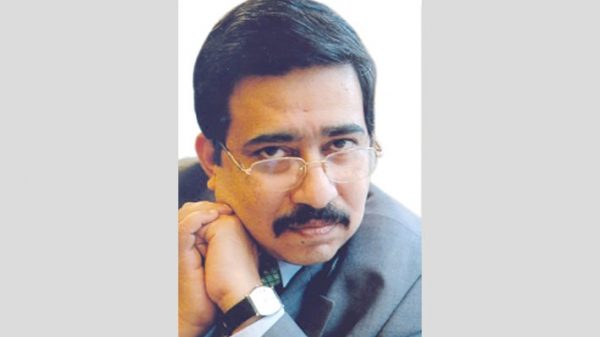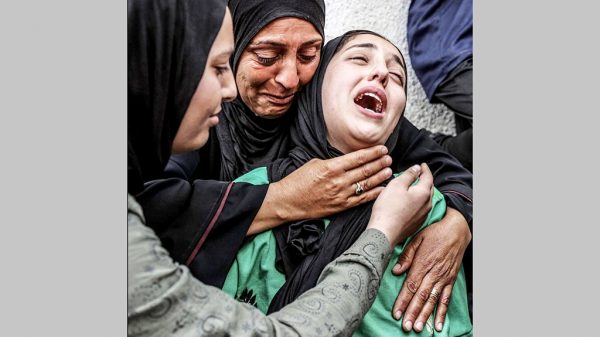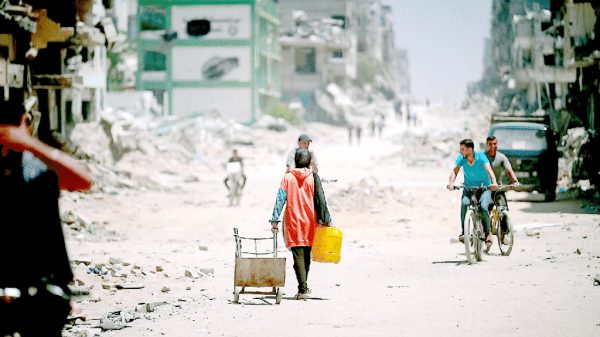Path to universal health coverage

Mamun Rashid:
For economically vulnerable families, an illness can turn into a full-blown crisis. Beyond the direct effects on their short-run incomes, there are wider welfare implications with children’s education being interrupted, savings dissipating, and productivity being stifled. Moreover, people are likely to fall into debt traps, turning to informal lenders to fund their medical bills. Protection against these crises, through health insurance, is imperative if Bangladesh is to continue its path to socio-economic prosperity.
At an institutional level due attention has been paid to healthcare and progress has been attained. The right to health is recognised as a human right in the constitution of Bangladesh. In 2011, the government announced its commitment to achieving Universal Health Coverage (UHC) by 2032, with the goal being the formulation of one common pool of a universal Social Health Protection Scheme (SHPS).
While the commitment of UHC is laudable, there are significant fiscal challenges. Bangladesh’s expenditure on healthcare is low as it stands, never having exceeded 3% of GDP. Moreover, the country’s out-of-pocket expenditure is the highest among its South Asian peers (74% in 2017) and has been on an increasing trend since 2012.
In recognition of the fiscal constraints, a Healthcare Financing Strategy (2012-2032) has been created. It outlines the government’s phased plan to attain UHC, for different segments of the population, though the goal is one common pool of universal SHPS by 2032.
For employees in the formal sector, employers can mandatorily provide insurance and get expense relief for taxes. Individuals in this category can be encouraged to seek further coverage from private insurance companies using their own finances through agents and banks when bancassurance is available. The added coverage will act as a cushion for higher-cost procedures or chronic diseases.
For employees in the informal sector, and above the poverty line, community-based healthcare insurance and micro-insurance might be considered. People in this group might be able to afford small premium payments from community-based healthcare insurance. However, this can only serve as an interim measure as community-based schemes tend to offer primary care and not secondary and tertiary care.
Meanwhile, because healthcare expenses disproportionately impact the poor, their healthcare must be provided by the government. Those below the poverty line should be covered through non-contributory health protection schemes. Besides, a public-private partnership model can be piloted where a portion of the money will come from the insurance premium paid and the other portion from the health budget allocated for the pilot region. This model can also help the availability of doctors, nurses and ensure minimum possible healthcare facilities like ambulance, x-ray machines, ECG and laboratory tests. Through a local private partnership, management and accountability can also be strengthened.
India’s Ayushman Bharat, now known as PM Jan Arogya Yojana (PMJAY), is a notable example of a government-sponsored health scheme aimed to protect the poor. Launched in 2018, it is a government-sponsored health scheme to facilitate healthcare services to economically vulnerable Indians, which is progressing the country towards Universal Healthcare (UHC). The scheme only covers individuals in the poorer economic strata of the Indian population. Moreover, to protect women and children, there is no age or size limit of the families. Insurance cover of Rs 5 lakhs for each family which includes 3 days of pre-hospitalisation and 15 days of post-hospitalisation expenses. As of 2019, this scheme has benefitted 10.74 cr families which are roughly 50 cr Indian residents.
While the performance of PMJAY has been mixed, the accessibility factor of PMJAY is praiseworthy. Beneficiaries receive an e-card to enjoy the services, making the process entirely paperless and cashless in public hospitals and empanelled private hospitals.
While the pandemic has brought renewed interest to the topic of health insurance, long-term trends have been sounding the alarm for a while. Bangladesh’s demographic makeup will eventually change. With rising life expectancies, there will soon be a sizeable ageing population with more complex- and thus, expensive- healthcare needs. Furthermore, with the influx of modern technology and techniques in healthcare, price escalation will occur at a faster pace and by much more than normal inflation. This will make it even more important to ensure healthcare is available and financially accessible to everyone.
Mamun Rashid is a partner at PwC Bangladesh. However, views expressed in this article are his own.




























Leave a Reply